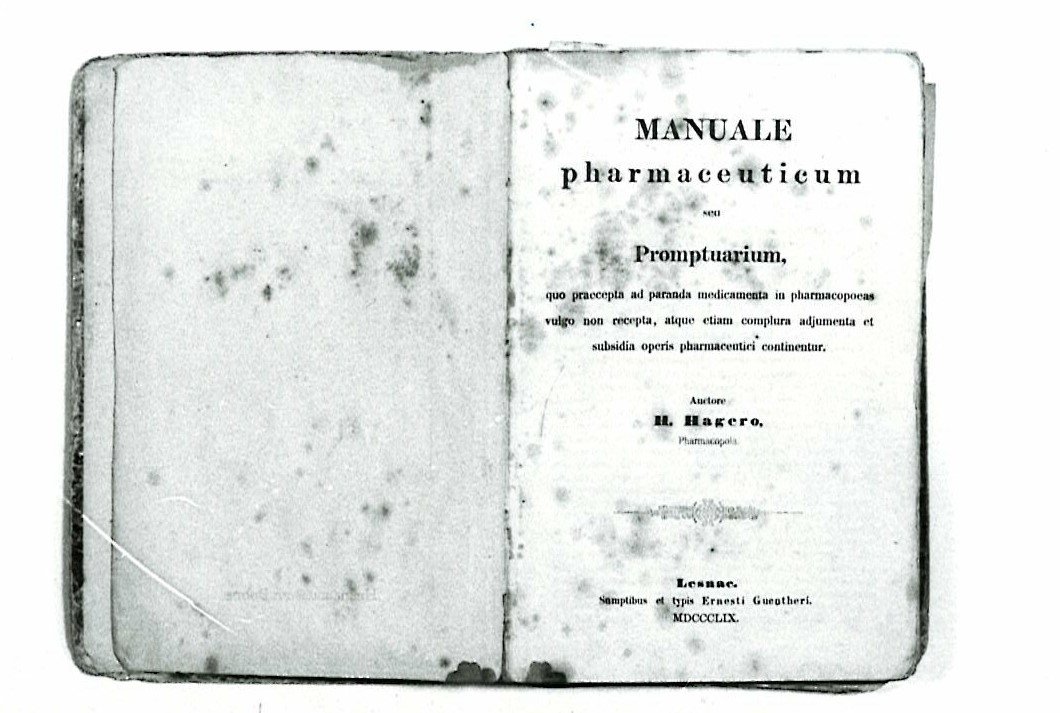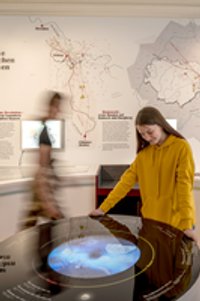Das pharmazeutisches Standardwerk "Manuale pharmaceuticum Hageri", Hagers Enzyklopädie der Arzneistoffe und Drogen in lateinischer Sprache erschien in zwei Bänden in den Jahren 1859 und 1873. In der Apotheke Dohna wurde bereits der erste Band von 1859 angeschafft: H. Hager: Manuale pharmaceuticum seu promptuarium, quo et praecepta notatu digna pharmacopoearum variarum et ea, quae ad paranda medicamenta in pharmacopoeas usitatas non recepta sunt, atque etiam complura adjumenta et subsidia operis pharmaceutici continentur. Erschienen in Lesnae (Leipzig) bei Ernst Günther.
Hans Hermann Julius Hager (geb.3. Januar 1816 in Berlin; gest. 24. Januar 1897 in Neuruppin) war ein deutscher Apotheker, Chemiker und Autor pharmazeutischer und botanischer Schriften. Er war Mitglied zahlreicher Pharma- und verwandter Gesellschaften und der American Pharmaceutical Association und begründete seinen Weltruf vor allem durch sein „Manuale pharmaceuticum Hageri,“ und das „Handbuch der pharmazeutischen Praxis“.
en

